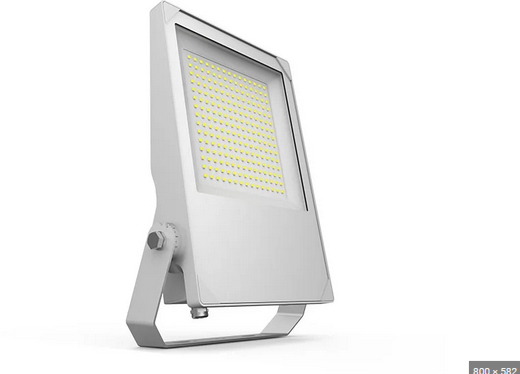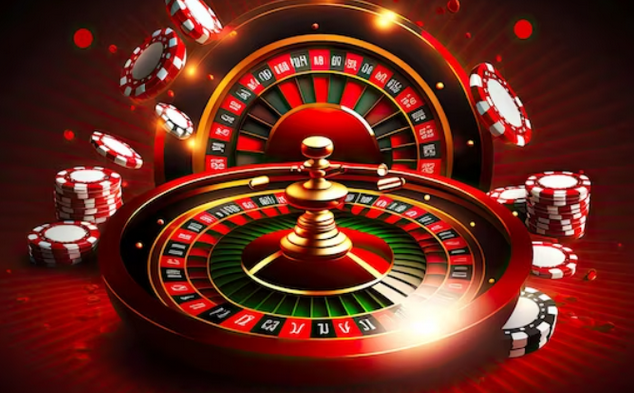Tennis is a very popular sport around the world. Tennis has a lot of health perks that you might not know about. It’s a low-impact sport that can be played by people of all ages. It’s also a great way to get your heart moving and burn calories while having fun with friends and family. Read on to learn how tennis, with or without a racquet, can help you reach your exercise goals.
Improves Your Heart Health
Tennis is good for your heart because it lowers your chances of getting heart disease, a stroke, or diabetes. It also helps raise HDL cholesterol, which is good cholesterol, and lower LDL cholesterol, which is bad cholesterol.
Burns A High Number Of Calories
Tennis is a very active sport that can burn as many as 600 calories per hour. Because of this, it is one of the best cardio exercises you can do at home or the gym. Dr Eugene Kramer says that tennis burns more calories than running, so if you want to get in shape quickly and lose weight, this is a great pick.
Increases Muscle Strength And Flexibility
Tennis is a great way to increase your muscle strength and flexibility. You’re using a lot of different muscles as you run around the court, which will help improve your balance, coordination, and agility.
Balance improves your ability to get up faster after falling on the court. This helps while playing doubles with friends who have trouble staying on the ground.
Dr Eugene Kramer Tennis increases bone density, reducing injuries from falling over or tripping into fences or trees during games of hide-and-seek in unfamiliar parks where no one has ever been before ever before in history ever before ever again after this moment please don’t go there again because we know what happened last time.
Increases Balance And Coordination
Tennis is a great sport to improve balance and coordination. It also helps to improve mental health, emotional well-being, and overall health.
Helps Relieve Stress
Stress is the body’s reaction to any kind of danger, whether it’s physical or emotional. Stressors can be anything from a work goal to a fight with your partner, and they’re often much smaller than you’d think.



